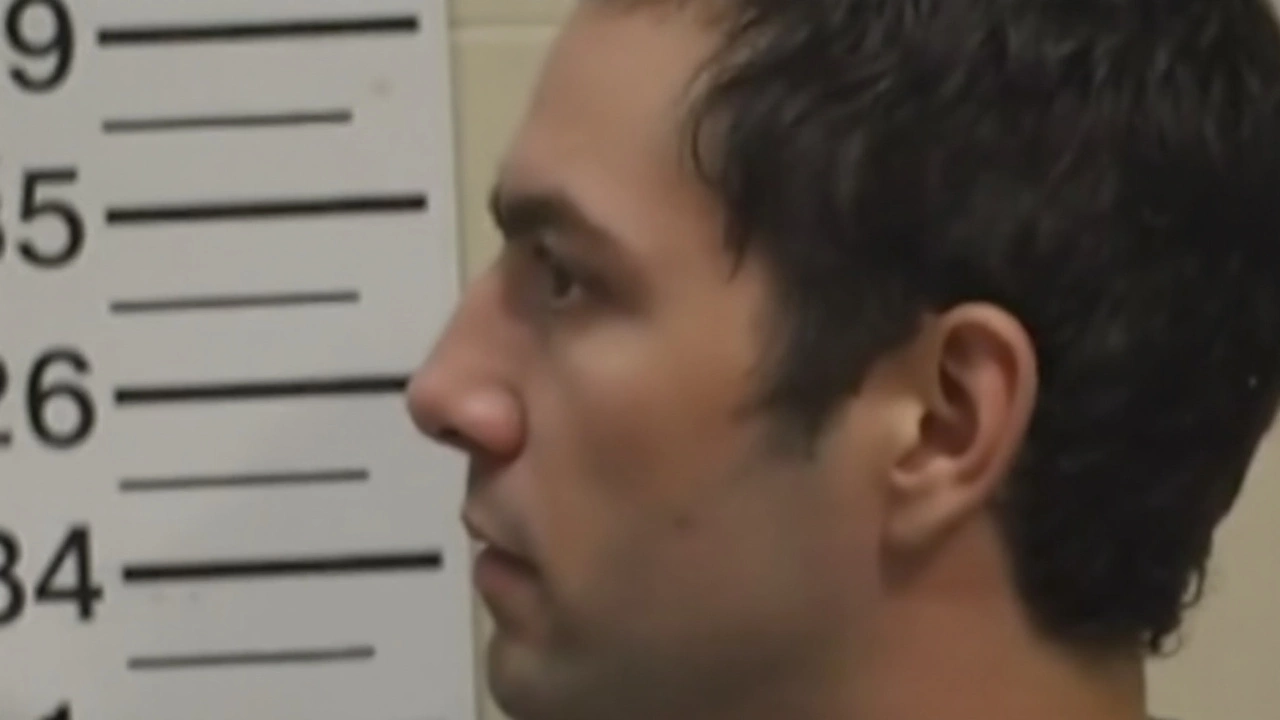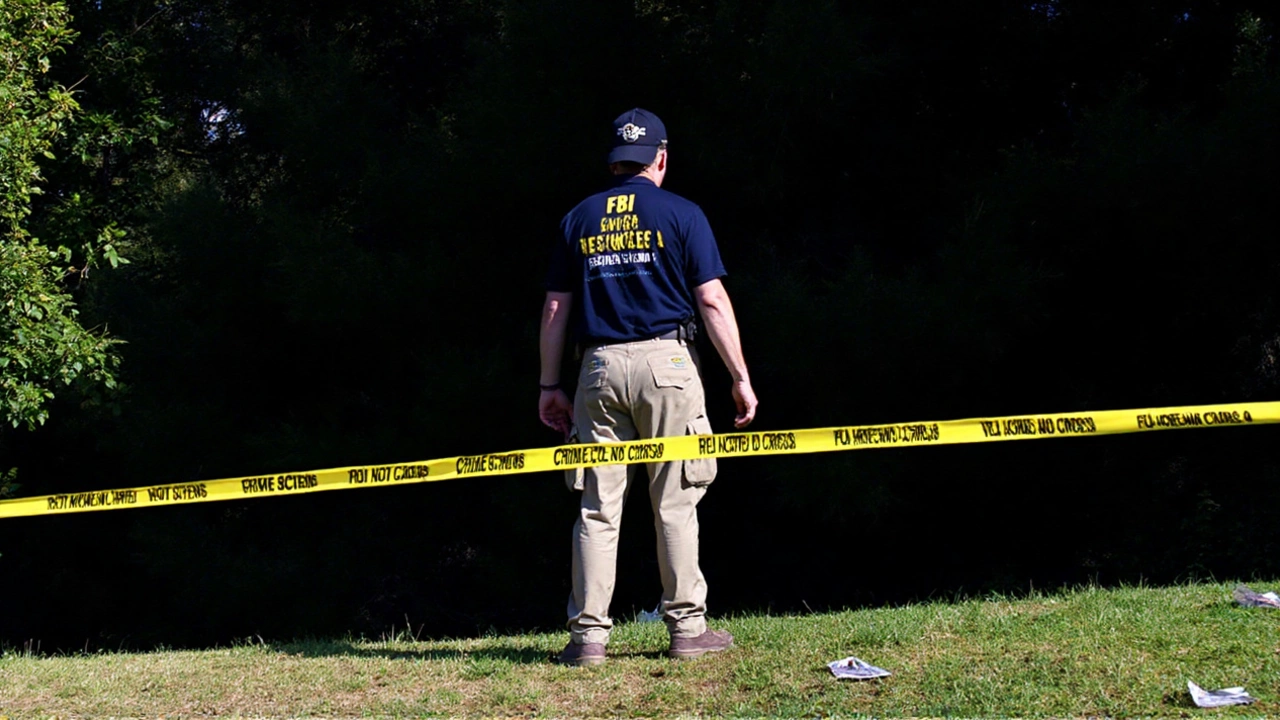 Sep, 13 2025
Sep, 13 2025
What we know so far
A 33-hour manhunt ended with the arrest of 22-year-old Tyler Robinson, the suspect in the fatal Charlie Kirk shooting near Utah Valley University. Officials say the FBI moved in after a flood of public tips—more than 11,000—pushed the case forward at speed.
Utah Governor Spencer Cox announced the arrest, and federal briefers said agents took Robinson into custody without incident. Police were on scene within 16 minutes of the shooting, according to state officials, who credited the fast response and the volume of leads with narrowing the suspect pool quickly.
At a federal briefing, Kash Patel—introduced by moderators as the FBI Director—said Robinson had “become more political in recent years,” and investigators recovered three unfired bullet casings with engravings. One read “Hey fascist! CATCH!” with arrow symbols. Another quoted the anti-fascist Italian song “Bella Ciao.” A third said, “If you read this, you are GAY Lmao.” The FBI did not publicly explain how those items factored into the probable cause for arrest.
Officials stressed they are not ready to assign a motive. The writings could point to ideology, trolling, or misdirection. Governor Cox said the fascism reference “speaks for itself,” but declined to go further. Investigators are still processing digital traces, physical evidence, and witness statements.
The most dramatic turn came from outside Utah. Florida Attorney General James Othmer wrote on social media that Robinson’s family alerted authorities, saying the suspect “put his father in a position where he had to turn over his son to face the death penalty.” Othmer called Robinson a “political assassin.” His post drew attention for its tone and the death-penalty reference, but it wasn’t an official filing in the case. Utah and federal prosecutors have not announced charges or penalty decisions.
Separately, President Trump said Robinson was in federal custody, underscoring how quickly the case became national news. That public statement could not be independently verified by our newsroom at the time of publication, though state officials confirmed the arrest and federal involvement.

Inside the investigation and what comes next
Agents say the timeline moved fast: a deadly shooting near a major campus, a fast police response, and a surge of leads. In complex manhunts, investigators usually knit together surveillance footage, license-plate readers, cell-site data, social media traces, and tips from the public. Forensic teams compare shell casings, lift latent prints, and test DNA where they can. None of those steps have been outlined in detail here; authorities are keeping their affidavits tight while they build the case.
The casings with engravings are the most unusual detail officials have shared. Forensic analysts will photograph, catalog, and test them for prints and trace evidence, then examine tool marks to see whether they match a specific firearm. If a gun is recovered, ballistic comparison can link fired and unfired rounds to a single weapon. The words themselves—provocative, mocking, and overtly political—will draw attention, but meaning is tricky. Investigators will look at whether the inscriptions line up with Robinson’s online history, purchases, or communications, or if they were meant to throw police off.
Authorities have not said whether Robinson acted alone, how they located him, or what evidence tied him to the scene. They also haven’t released a motive. Patel said only that Robinson’s politics intensified recently. That’s a broad claim, and it leaves key questions hanging: Was the target chosen because of ideology? Was there a personal connection? Did the suspect telegraph plans online? Those answers, if they exist, tend to surface in search warrants, messages, or interviews—materials that rarely become public before an indictment.
Here are the key public facts officials have confirmed or attributed so far:
- Victim: Conservative activist Charlie Kirk, shot near Utah Valley University.
- Suspect: Tyler Robinson, 22, in federal custody after a multistate search.
- Timeline: Arrest within about 33 hours; police reached the scene in 16 minutes.
- Evidence detail: Three unfired casings with political engravings recovered.
- Tips: More than 11,000 leads came in from the public.
- Family role: A Florida official says relatives helped turn Robinson in; investigators haven’t publicly detailed that.
On the legal front, prosecutors haven’t announced charges. In a case like this, several paths are possible. State prosecutors in Utah could file homicide counts and related firearms charges. Federal prosecutors could step in if the evidence supports civil-rights, interstate, or domestic terrorism statutes, or if the weapon or planning crossed state lines. Whether the death penalty is on the table depends on the charging venue and the statutes used; that decision usually comes months into a case, not days.
Next steps are predictable. Robinson would have an initial court appearance where a judge advises him of the allegations and rights. A detention hearing would follow to decide whether he stays in custody pending trial. Investigators keep building the record: lab results, phone dumps, financials, travel history, and witness interviews. A grand jury could consider an indictment. Expect tight lips from officials while that unfolds.
The politics around this will be loud. Kirk has been a high-profile figure on the right for years, which means every data point will be read through a partisan lens. The engraving that quotes “Bella Ciao” will be framed by some as clear ideological evidence; others will point to the mocking tone of the third message as proof the shooter wanted attention rather than to send a coherent signal. Investigators will try to cut through the noise and tie words to actions—who wrote them, when, on what device, and why.
Campus and public safety are already part of the debate. The 16-minute response window drew praise from state officials, but parents and students will ask about prevention: campus police staffing, lighting and camera coverage near the scene, and how quickly alerts went out. Universities often review protocols after a major incident, even if the crime happens just off campus.
The role of tips will get a fresh look, too. Setting up a national tip line can flood agents with noise, but sometimes a handful of high-quality leads break a case. When family members come forward, as a Florida official claims happened here, it tends to move things quickly. It’s wrenching for any parent, but it also shortens the window for further harm.
As for motive, law enforcement usually avoids firm labels until the evidence is in hand: search histories, message threads, manifestos, purchases, travel, and witness testimony. Political speech—even ugly speech—doesn’t equal a criminal motive by itself. Prosecutors have to prove intent, planning, and the link between belief and the alleged act. If ideology drove the killing, that will show up in the record. If it didn’t, investigators will say so, even if the inscriptions gave an early impression.
Public statements are still not perfectly aligned. State leaders are voicing confidence. A federal briefer introduced as the FBI Director laid out a thin slice of insight about the suspect’s recent politics. A Florida attorney general amplified the family’s role and raised the death penalty. The White House weighed in on custody status. The core case file, which will ultimately shape charges, remains sealed for now.
The country is once again arguing about political violence, speech, and security. That conversation—loud, frustrated, and often personal—will keep running ahead of the facts. The people building this case have to do the opposite: slow down, verify, and put every claim to the test.